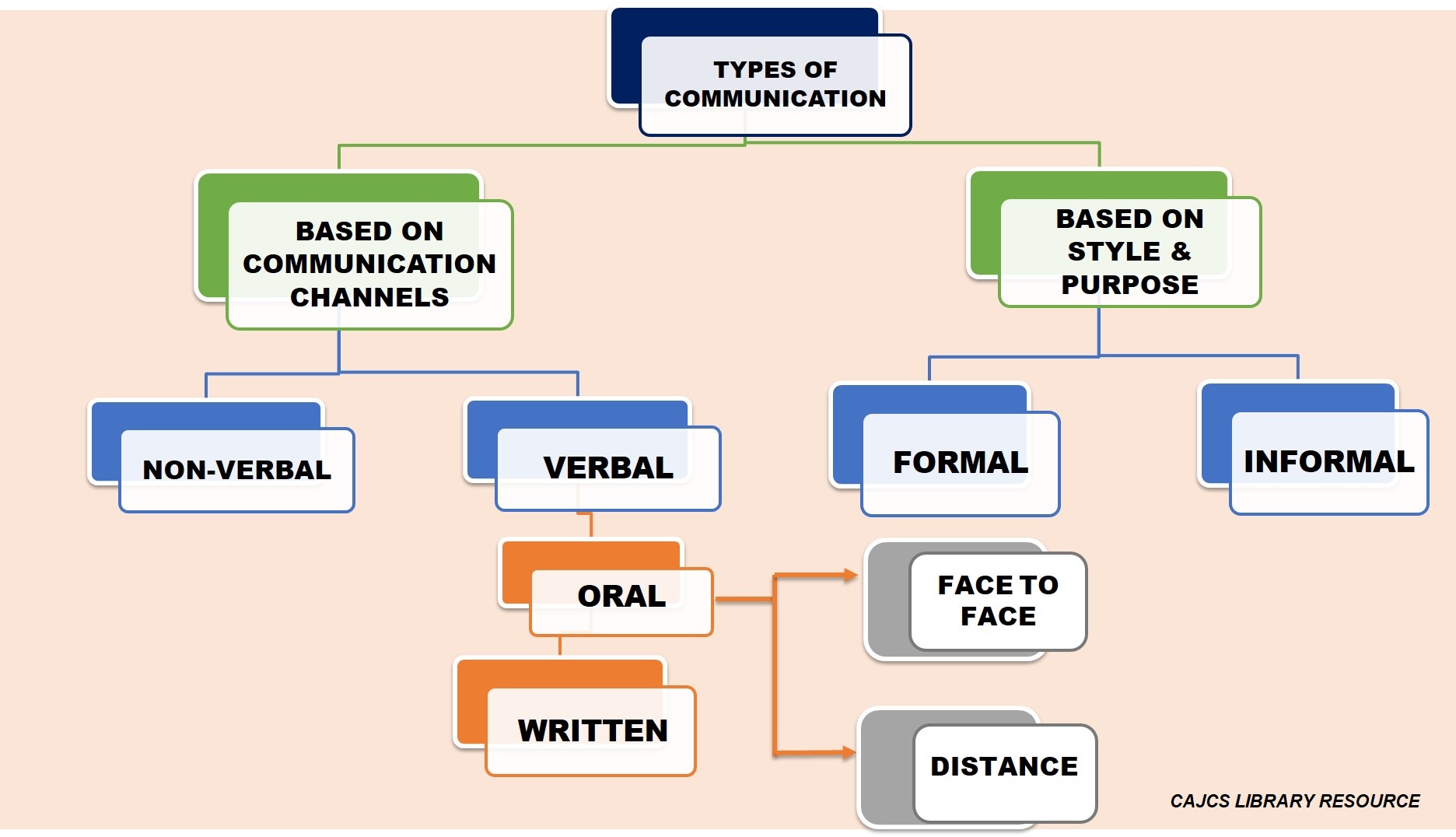




Give and receive meaningful feedback
Use intercultural understanding to interpret communication
Use a variety of speaking techniques to communicate with a variety of audiences
Use appropriate forms of writing for different purposes and audiences
Use a variety of media to communicate with a range of audiences
Interpret and use effectively modes of non-verbal communication
Negotiate ideas and knowledge with peers and teachers
Participate in, and contribute to, digital social media networks
Collaborate with peers and experts using a variety of digital environments and media
Share ideas with multiple audiences using a variety of digital environments and media


A well written article that presents ideas on how to talk engagingly and persuasively. Written by a sales trainer.
Four activities for improving oral communication and body language, presented by the IB.
A thinking routine designed to promote equal participation in conversations and groupwork scenarios.
Read critically and for comprehension
Read a variety of sources for information and for
pleasure
Make inferences and draw conclusions
Use and interpret a range of discipline-specific
terms and symbols
Write for different purposes
Understand and use mathematical notation
Paraphrase accurately and concisely
Preview and skim texts to build understanding
Take effective notes in class
Make effective summary notes for studying
Use a variety of organizers for academic writing tasks
Find information for disciplinary and interdisciplinary inquiries, using a variety of media
Organize and depict information logically
Structure information in summaries, essays and reports
Ways to improve Verbal communication skill:
Ways to improve Non- verbal communication skill:
Where do Maths symbols come from?
TEDed lesson with video and activities:
Math is full of symbols: lines, dots, arrows, English letters, Greek letters, superscripts, subscripts ... it can look like an illegible jumble. Where did all of these symbols come from? John David Walters shares the origins of mathematical symbols, and illuminates why they’re still so important in the field today.